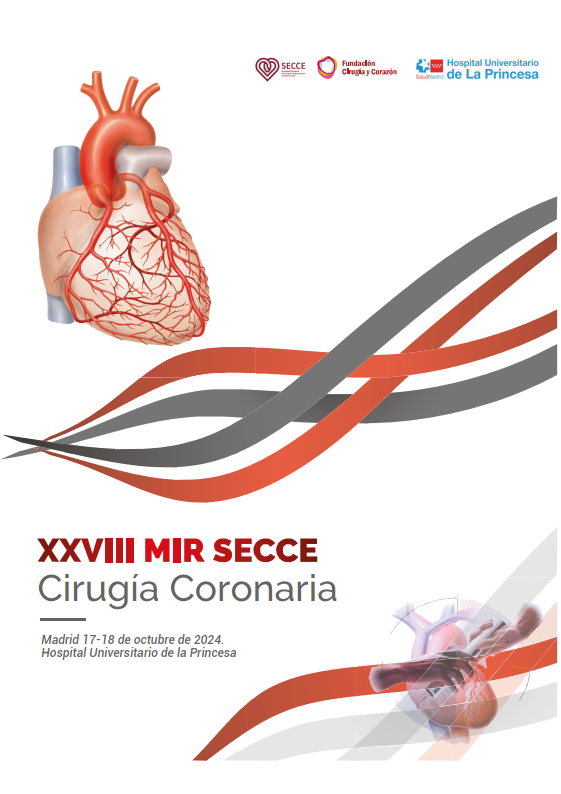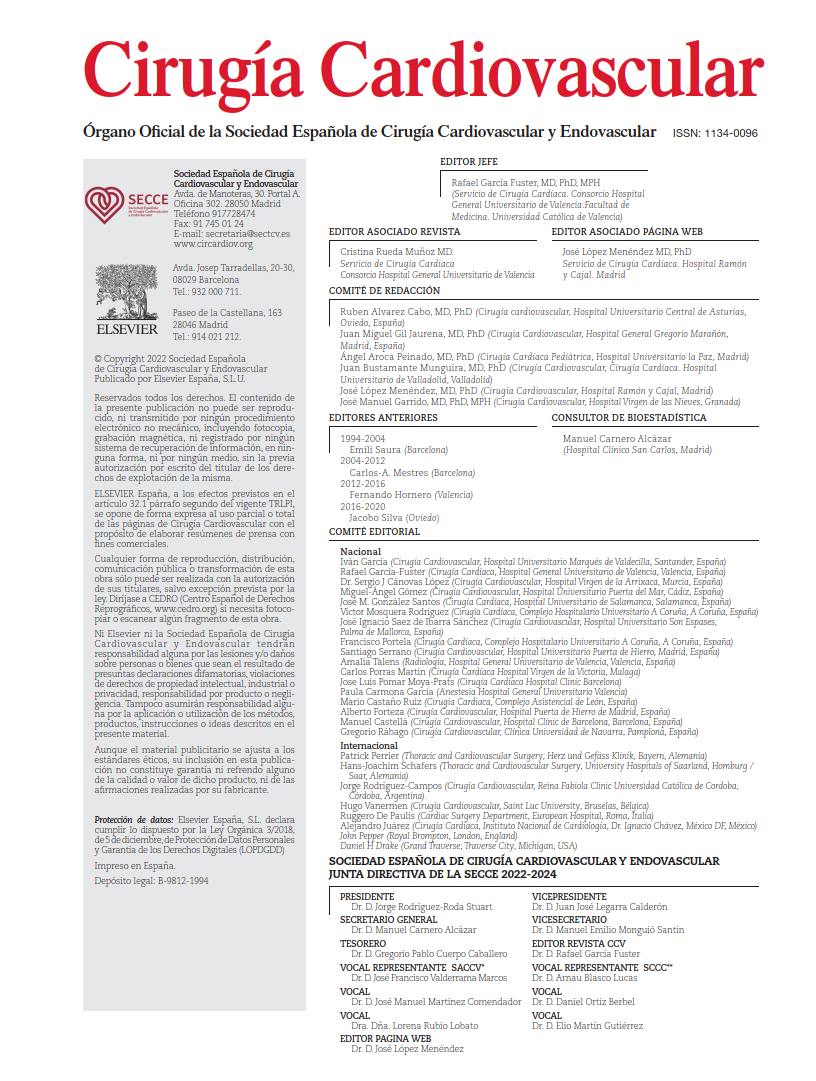Mitral regurgitation is the second most prevalent valvular heart disease in our setting. It is well established that significant MR can trigger adaptive cardiac changes, including chamber dilatation, left ventricular hypertrophy, diastolic dysfunction, and pulmonary hypertension. These mechanisms contribute to increased risk of heart failure and higher morbidity and mortality.
MR is traditionally classified into primary and secondary forms, although a mixed etiology is often encountered. Primary MR results from intrinsic structural abnormalities of the mitral valve or its supporting apparatus, whereas secondary MR arises from geometric and morphological changes in the heart, typically chamber dilatation. Secondary MR can be further subdivided into atrial or ventricular types depending on the dilated chamber. While the clinical implications and poor prognosis of severe MR are well known, the impact of moderate MR remains poorly defined.
The present study is a multicenter observational analysis using standardized echocardiographic data from 608.570 adults referred for routine transthoracic echocardiography, extracted from the National Echocardiography Database Australia. Data were collected from 2000 to 2019. Inclusion criteria were age ≥18 years, at least one echocardiogram, and no prior mitral valve intervention (surgical or transcatheter). Participants were stratified into four groups based on the degree of MR: no/trivial MR, mild MR (grade 1+), moderate or mild-to-moderate MR (grade 2+), and moderate-to-severe or severe MR (grades 3 or 4+). Additionally, MR was classified by etiology.
Statistical models were adjusted for age, sex, MR etiology, presence of arrhythmias, left ventricular ejection fraction (LVEF), tricuspid regurgitation velocity, and timing of echocardiography (to account for shifts in clinical practice over time). The median follow-up was 1.541 days, during which 153.612 all-cause and 47.840 cardiovascular deaths were recorded.
Among the cohort, 75% had no or trivial MR, 17% had grade 1+, 6.3% had grade 2+, and 1.7% had grade 3 or 4+. All-cause mortality significantly increased with MR severity. After adjustment for age and sex, mortality was 1.67-fold higher in moderate MR and 2.36-fold higher in severe MR. These findings remained consistent after further adjustment for additional risk factors and were independent of MR etiology.
COMMENTARY:
Mitral regurgitation is the second most common valvular heart disease in developed countries, following aortic stenosis. Its prevalence increases with age. MR may be classified as primary, due to intrinsic mitral valve pathology, or secondary, resulting from left ventricular or atrial structural changes. Mixed etiologies are also frequently encountered.
Chronically, the retrograde flow of blood from the left ventricle to the left atrium leads to a series of cardiac compensatory mechanisms, including progressive dilation of both chambers, elevated left atrial pressure that may induce pulmonary congestion and pulmonary hypertension, and remodeling of the left ventricular geometry. If left untreated, these adaptive changes become maladaptive, ultimately reducing LVEF, contributing to heart failure, and increasing mortality risk.
The poor prognosis associated with untreated severe MR is well documented, regardless of whether the approach is surgical or transcatheter. This article, as detailed earlier, evaluates the prognostic impact of moderate and severe MR and concludes that even moderate MR, irrespective of its etiology, is associated with increased mortality in affected individuals.
However, the clinical implications of these findings—particularly regarding early therapeutic intervention—remain uncertain. The latest valvular heart disease guidelines (2021) emphasize that the management of MR is dictated by its etiology and provide strong evidence only for treating severe MR. In patients with severe MR, therapeutic intervention has shown prognostic benefit both in symptomatic individuals and in asymptomatic ones with structural alterations such as reduced LVEF or left ventricular end-systolic dilation. In contrast, no benefit has been demonstrated for moderate secondary MR.
Scientific evidence supporting surgical or transcatheter treatment of primary moderate MR remains limited. Available data largely stem from retrospective observational studies with significant limitations. In ischemic moderate MR, several clinical trials have been conducted. One such trial, the RIME study, included patients undergoing coronary artery bypass grafting (CABG) who were randomized to receive either isolated CABG or CABG plus mitral valve repair. Although the combination group exhibited improved functional class and biomarkers such as NT-proBNP, this was at the expense of higher complication rates. Furthermore, the study was underpowered to detect mortality differences.
Another study, published in NEJM by Michler et al., included similar patient populations randomized to CABG alone versus CABG with mitral repair. It found that adding mitral valve repair did not improve survival or reduce adverse events or hospitalizations.
In my view, this study is of considerable interest as it opens the door to a future reassessment of the therapeutic approach to moderate MR, although it also presents limitations inherent to retrospective analyses. For instance, the possibility of MR over- or underestimation cannot be ruled out due to the subjective nature of MR grading and the lack of information on patients’ volume status (euvolemia vs. volume overload) at the time of diagnosis. Additionally, a simplified MR severity classification was applied, which does not reflect routine clinical practice conditions.
Therefore, the study’s findings emphasize the need for continued investigation in this field, aiming to optimize treatment options and develop earlier interventional strategies to improve patient prognosis.
REFERENCE:
Playford D, Stewart S, Harris SA, Scalia G, Celermajer DS, Thomas L, et al. Mortality associated with moderate and severe mitral regurgitation in 608 570 men and women undergoing echocardiography. Heart. 2025 Mar 13;111(7):327-334. doi: 10.1136/heartjnl-2024-324790.



